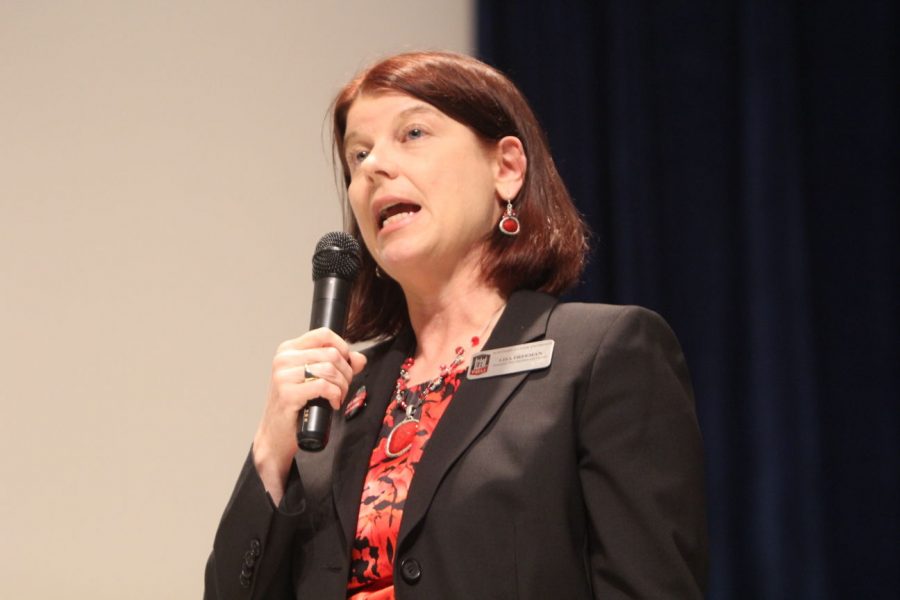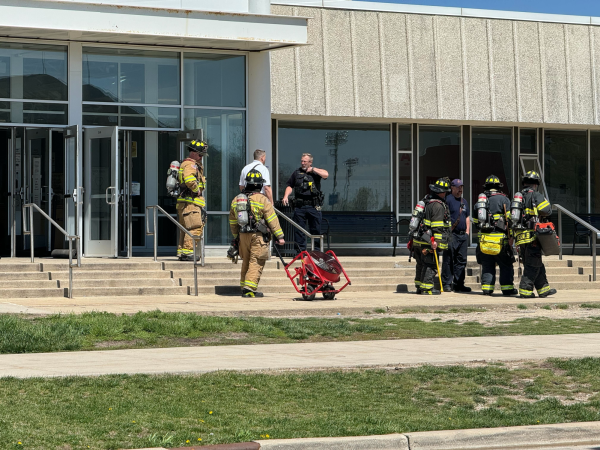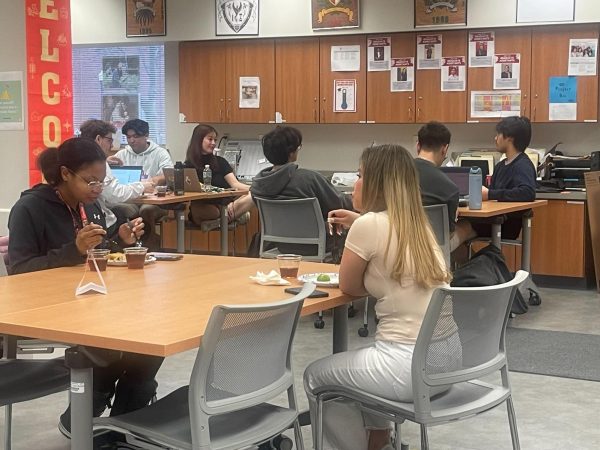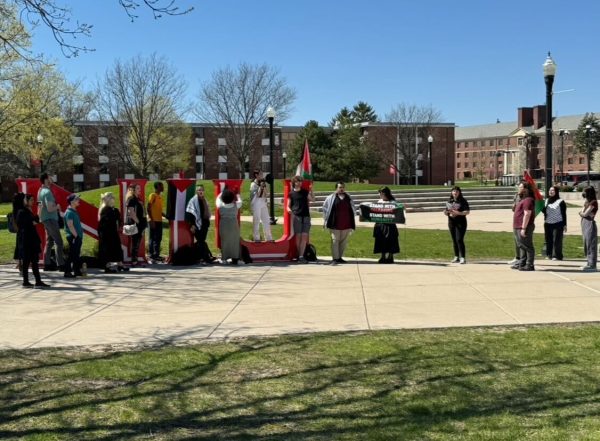Panel discusses program prioritization
October 15, 2015
NIU held a question and answer session with a program prioritization panel Wednesday, addressing concerns regarding the structure and public availability of program reports, use of data and frequency of grading.
Program prioritization at NIU, which began with an exploratory period in the fall 2014, uses task forces to determine whether academic and administrative programs are allocating funds appropriately by compiling reports supported by qualitative and quantitative data, said Provost Lisa Freeman.
The panel was comprised of eight members from Indiana State University, Lehman College, Loyola University Maryland and Boise State University. All schools on the panel have only done program prioritization once due to labor intensity and expenses of the project, but agree that data-based decision making remains prevalent.
Loyola University Maryland underwent program prioritization to cut $9 million from its operating budget, while also creating programs that were estimated to bring in $1 million in revenue, said panel member Steve Fowl, Department of Theology chair at Loyola University-Maryland.
NIU’s Data Support Team spent the summer gathering relevant information for program authors — eighteen faculty and three instructors who will rate academic programs and four faculty, 11 supportive professional staff and six operating staff who will rate administrative programs. The program authors will then create a narrative around data collected from alumni surveys, departmental research and feedback from students, among other things, Freeman said.
Program narratives describe aspects of each program that will address specific criteria, according to NIU’s Program Prioritization website.
“Most of the data is public,” Freeman said. “We are a public institution, and most of the data we report to the national surveys is all available. I can’t think of anything that we are supplying that isn’t publicly available. Some of what the programs write in themselves is data that they’ve collected, and may not be as easy to find.”
The data was received by program authors on Sept. 28, and they have until Dec. 11 to compile their narratives, which will then be given one of five labels: candidate for enhanced resources, candidate for no change in resources, candidate for continuation with reduced resources, candidate for transformation, or candidate for faze out, Freeman said.
All results and costs will be made available for the public at the conclusion of the process, Freeman said.













